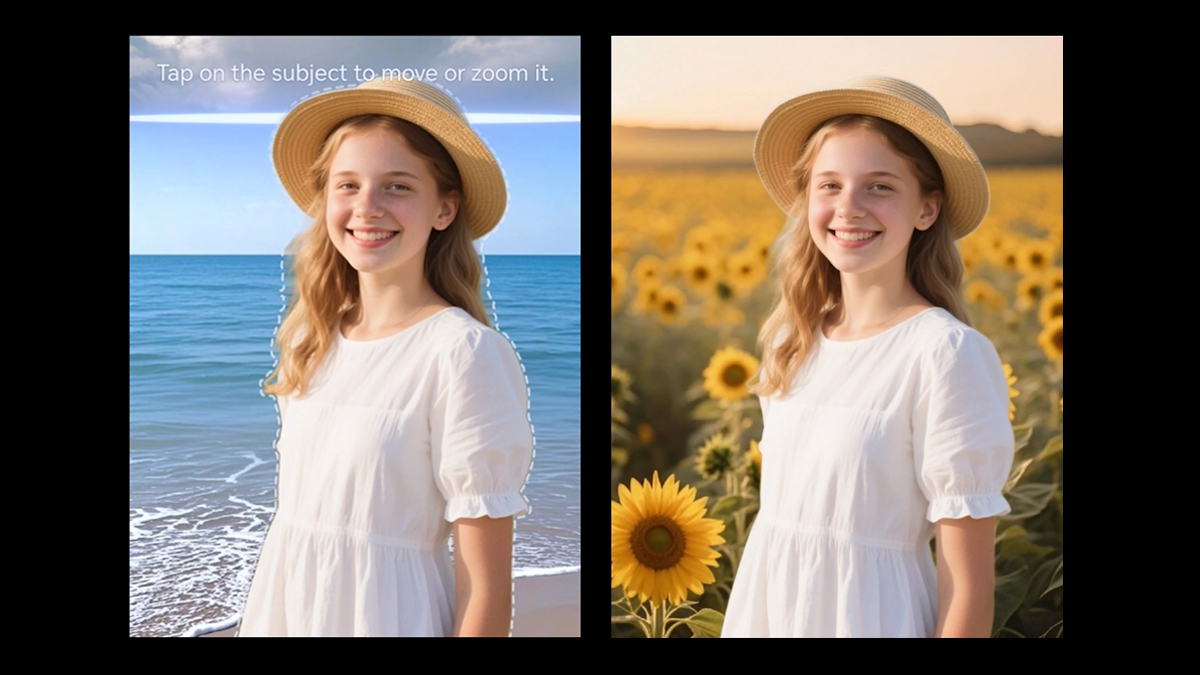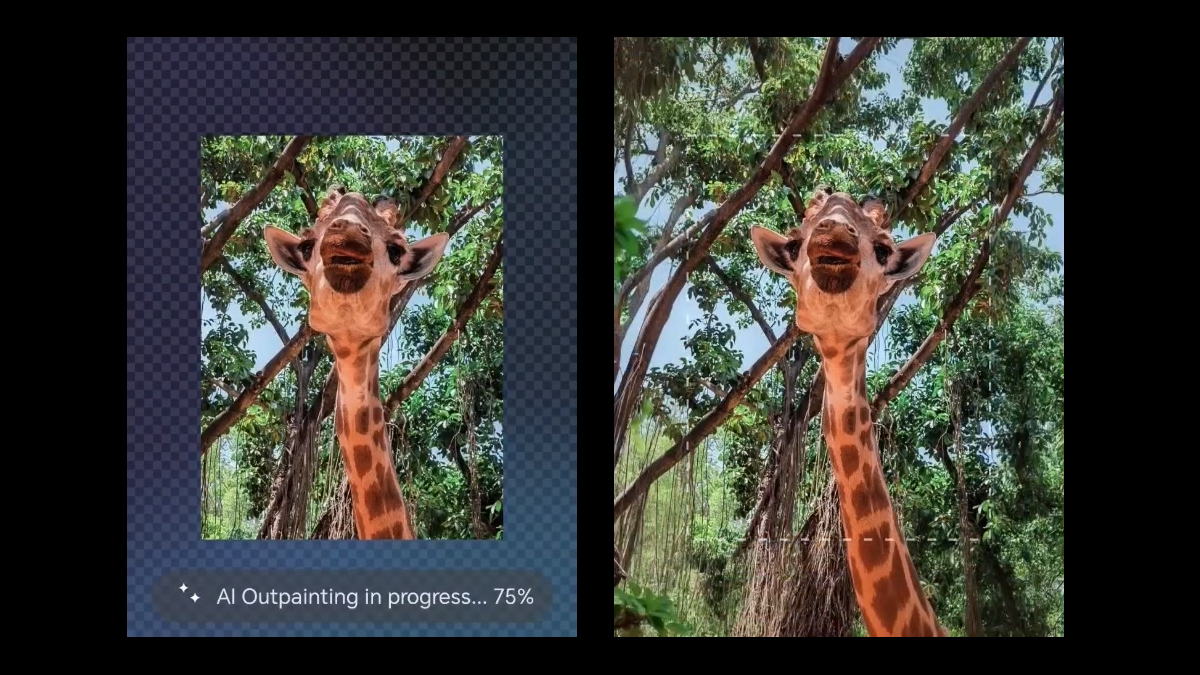There was a time when smartphones were primarily focused on speed and battery life. But in 2025, the conversation has shifted. Now, it’s not just about how fast your phone reacts but how well it predicts. In this era, the real standout isn’t raw performance. It’s anticipation.
Anticipatory tech, the next big leap in mobile innovation, is quietly reshaping how we use our phones. Devices like the HONOR 400 5G are leading this subtle yet powerful shift by not just responding to your actions but preempting them. From adjusting your screen’s brightness before you squint, to turning still photos into story-ready videos without you lifting a finger, these features are designed to think ahead.
Take the HONOR 400 5G’s AI Image to Video feature. It automatically animates images with transitions, pans, and subtle movements. But the magic isn’t in what it does, it’s in when it does it. It’s like your phone is directing behind the scenes—spotting a quiet moment in your gallery, like you laughing with your friends or tossing a cap at graduation, and thinking, “This deserves its own scene.” Without a word from you, it transforms motionless memories into something more alive, adding cinematic pans, soft transitions, and just the right touch of flair to make a still photo feel more real.


But the AI photo toolkit doesn’t stop there. With AI Cutout, you can seamlessly isolate subjects from the background for collages or profile-ready shots. AI Outpainting intelligently fills in backgrounds beyond the frame. And for everyday fixes, AI Eraser lets you remove photobombers or clutter with just a few taps. One standout trick? If someone blinked in a photo, the AI can even recreate natural-looking open eyes based on reference data, delivering a result that looks surprisingly accurate.


These tools make it easier not just to edit photos, but to imagine entirely new visuals from what you already have. Whether you’re curating content, designing for a project, or storytelling online, the HONOR 400 5G puts pro-level tools into everyday hands.
Then there’s the Magic Capsule—an interactive UI that adapts to what you’re doing in real-time. Incoming call? Your controls shift to give you more options. Booking a ride? It foregrounds the tracking without you digging through multiple screens. It’s a subtle, proactive kind of intelligence, one that helps without getting in your way.

These aren’t one-off gimmicks. They’re early examples of anticipatory design, a principle borrowed from UX strategy where systems predict user needs before the user acts. Much like recommendation engines or predictive text, anticipatory smartphones offer a smoother, more intuitive digital life.
But with great prediction comes great responsibility. The same AI that animates memories can also, in the wrong hands, create synthetic moments that never happened. The potential for misinformation, especially in visual form, is real. Imagine a convincingly animated “memory” that looks authentic but misleads. It’s a powerful reminder that as smartphones get smarter, we must be smarter too. Digital literacy, context, and conscious sharing are key to using these tools wisely.

Still, there’s something undeniably unique about the HONOR 400 5G. It’s not just another phone with an AI overlay, but a device designed around the idea of helping you live and work smarter. Imagine students using it to animate notes for presentations, online sellers turning product photos into preview clips, or young creatives turning daily moments into shareable stories without lifting more than a thumb.
We’re on the edge of a new mobile mindset. One where your phone doesn’t just wait for instructions, it participates in your day. As devices like the HONOR 400 5G show, the future of smartphones isn’t just smart. It’s thoughtful, and perhaps just a little ahead of us.
